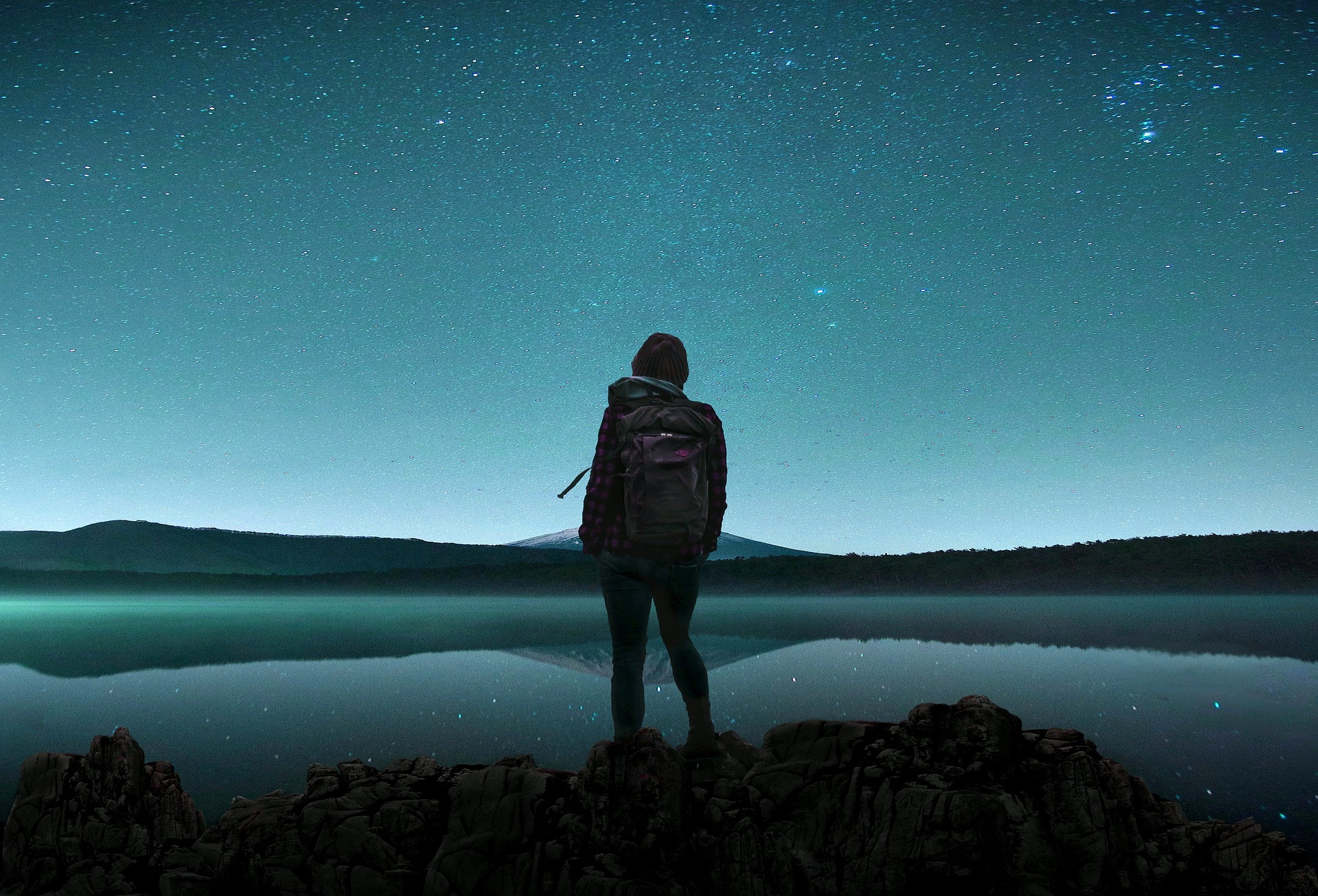The Enchantment of Star Gazing: An Emerging Trend in Travel & Transportation
Who would have thought that looking up could become the latest trend in the travel and transportation industry? Star gazing, an activity as old as humanity itself, has resurfaced with an adventurous and contemporary twist. It’s the newest way to explore the world, only this time, it's the universe that's up for exploration. This article delves into the history and evolution of this trend, outlines current developments, and showcases how this seemingly simple pastime has evolved into a sophisticated travel and transportation trend.

A History Wrapped in Stars: The Roots of Star Gazing
Star gazing, in essence, is the act of observing the night sky with the intention of discovering and appreciating celestial bodies. This practice dates back to ancient civilizations, where people would rely on stars for navigation and agricultural planning. Today, star gazing has evolved from a survival tool to an escape from the urban jungle, offering a chance to connect with nature on a cosmic scale.
Star Gazing as a Trend: The New Wave
Now, star gazing has become more than just a hobby – it’s a travel trend. Resorts, hotels, and vacation rentals are offering packages built around stargazing experiences, with options ranging from telescopes in every room to guided night sky tours. With the increase in light pollution in urban areas, travelers are drawn to remote locations where the sky is dark enough to observe celestial bodies. This has led to the development of ‘Dark Sky Reserves’ and ‘Astronomy Parks’ in various parts of the world, providing not just a trip, but an immersive experience.
Advantages, Challenges, and Impacts: The Starry Spectrum
This trend has multiple advantages. It promotes tourism in remote areas, contributing to local economies. It offers an educational experience, increases appreciation for the environment, and provides a unique form of relaxation. However, it also faces challenges. Weather conditions can significantly affect visibility, and the remote locations can pose transportation and accommodation issues. Moreover, the trend’s popularity could potentially lead to overcrowding, disrupting the tranquility of these sites.
A Universe of Facts and Tips:
- The world’s first ‘Dark Sky Reserve’, Mont-Mégantic in Quebec, Canada, was designated in 2007.
- Use a star map or app to help identify celestial bodies.
- The best time for star gazing is during a new moon when the sky is darkest.
- Dress warmly and bring a comfortable chair or blanket for extended viewing.
A Night Time Embracing the Cosmos
In conclusion, the rise of star gazing as a trend in the travel and transportation industry reflects a desire to reconnect with nature and explore the world beyond our immediate surroundings. It presents a unique blend of relaxation, education, and adventure, making it a trend worth watching. As we continue to seek new experiences and perspectives, it reminds us that sometimes, all we need to do is look up.




